I am writing in relation to Weigh It Up! This is obviously a subject dear to Kellogg's heart as the FSA model categorises the majority of our products as HFSS (high fat salt sugar). Ironic when breakfast cereals have been scientifically and academically demonstrated to have only positive effects on the diet. I write to comment on alternatives to this model. Along with many other nutritionists and dieticians, I believe any profiling model should take into account the role and importance of the food in the diet (especially for at-risk groups), the amount (portion) and frequency that a food is consumed and the nutrients the food provides in relation to public health needs and problems. I would like to point out a ray of hope from the European Commission. It has made a request to the European Food Safety Authority for an opinion on nutrient profiles. The Commission seems to be tackling several criticisms of the FSA model, and argues that "the setting of nutrient profiles is an exercise that should take into account dietary recommendations, public health considerations, and generally acceptable scientific data relative to the relationship between diet and health". The Commission also goes on to point out that "a single set of nutrient profiles may be too rigid for taking into account the variety of products currently eaten as part of a varied diet across the EU". I look forward to the output from the EFSA and I am confident many of the pitfalls of the FSA model will be avoided. There are many other models to consider. The Guiding Stars scheme was primarily designed as an on-pack labelling scheme for processed foods and would appear to be an inappropriate tool for use in health claims or advertising restrictions to children. However, the Naturally Nutrient Rich scheme appears to be a promising tool to help identify foods that are nutrient dense. It could provide food for the thought for the developing EFSA model. I am not sure we will ever have the perfect model, but if we start with the key elements and combine them with scientific evidence and a clear rationale, we may find the model that is the best yet.
Close menu
- Home
- Retail & Wholesale
-
Products & Suppliers
- Back to parent navigation item
- Products & Suppliers
-
Product Categories:
- Back to parent navigation item
- Product Categories:
- Alcoholic drinks
- Bakery
- Cereals & breakfast
- Cheese
- Chicken & poultry
- Chocolate
- Confectionery
- Crisps, nuts & snacks
- Dairy
- Fish
- Fresh produce
- Frozen
- Household
- Meat
- Own Label
- Sauces & condiments
- Seasonal
- Soft drinks
- Vaping
- Vegan & plant-based
- World foods
- Suppliers
- People
- Reports & Data
-
Topics A-Z
- Back to parent navigation item
- Topics A-Z
-
Popular topics:
- Back to parent navigation item
- Popular topics:
- Cost of living crisis
- Crime
- Deposit Return Schemes
- Finance
- Government & Regulation
- Health
- Inflation
- Loyalty
- Marketing
- Mergers & Acquisitions
- New Product Development
- Sourcing
- Supply chain
- Sustainability & environment
- Technology
- Ultra Processed Foods
- Vaping
- A-Z all topics
- Content by type:
- Events
- Subscribe now
Sign in to comment on this article
Not logged in before? Register for FREE guest access today.
You will be able to:
- Read more stories
- Receive daily newsletters
- Comment on stories
Advert









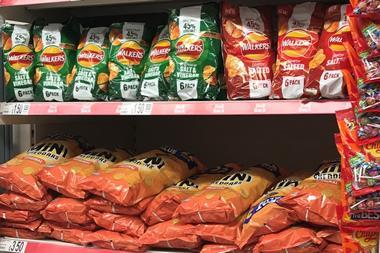
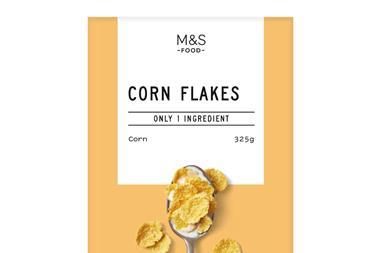
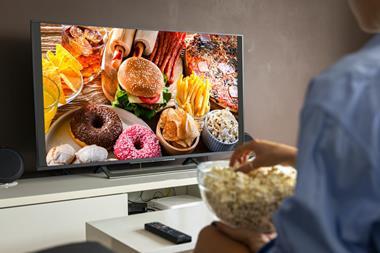



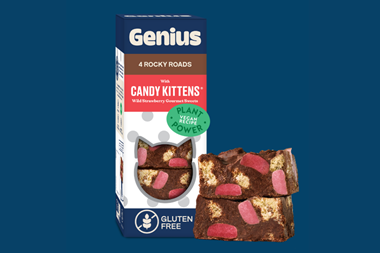
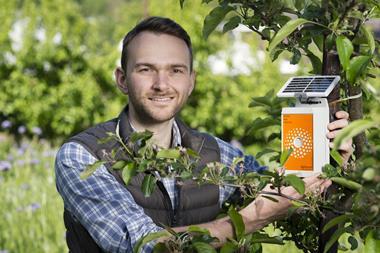

No comments yet